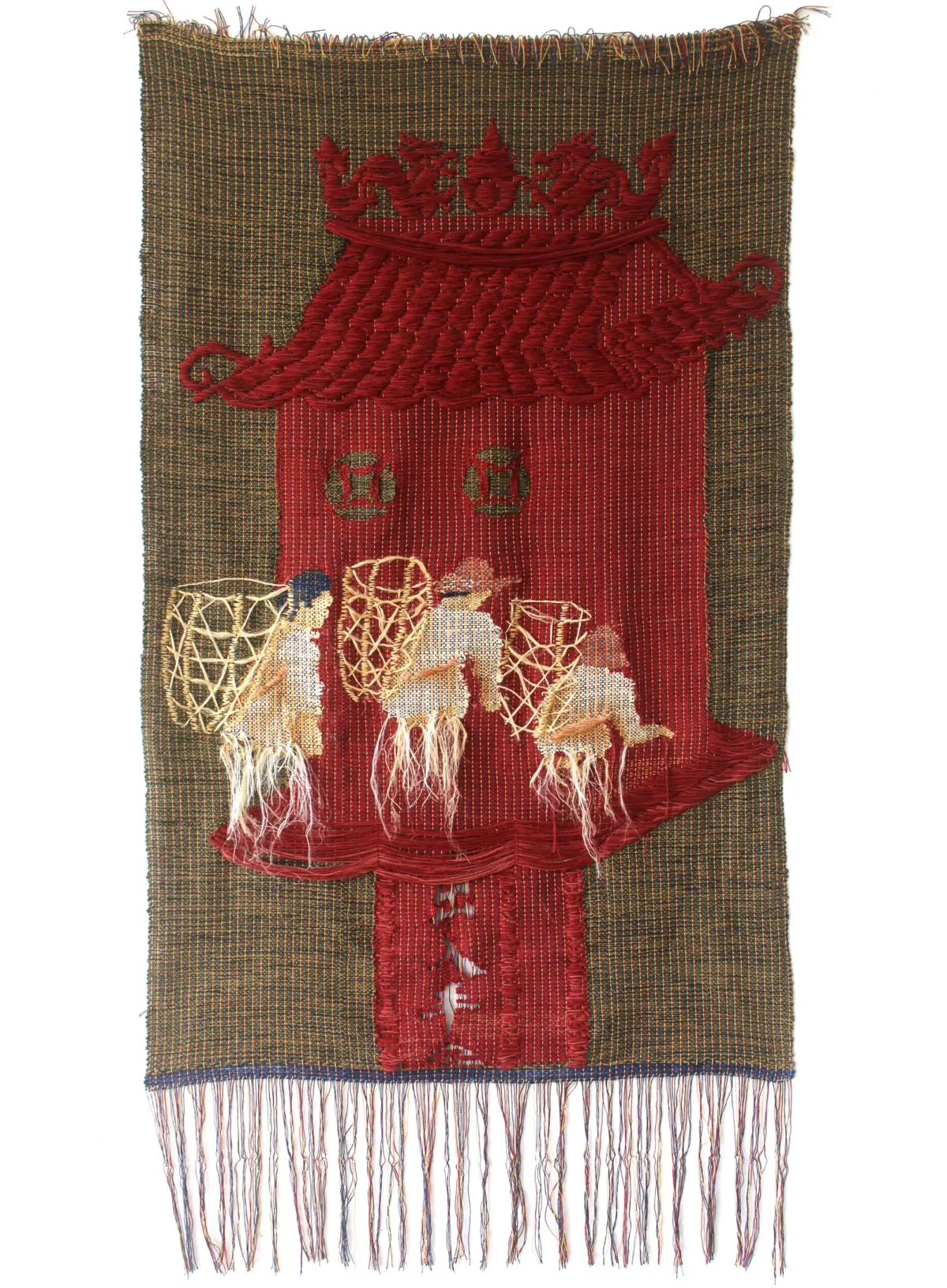Tina Kim Gallery

“The Calling of Home”
July 2 – September 6, 2025
Exhibition | New York, NY
The Calling of Home is a quietly powerful meditation on the idea of home— not merely as a familiar place or a destination, but as something being constantly made, unmade and remade. Curated by Wells Fray‑Smith and Clara Che Wei Peh, the show brings together four artists — Cheong See Min (Malaysia), Marcos Kueh (Malaysia), Jennifer Tee (Netherlands) and Khairulddin Wahab (Singapore) — whose work explores the resonances of place, displacement, cultural memory, and personal history. Akin to the idea of a spiritual pilgrimage, and against the backdrop of migration, memory and identity, the four artists ask: what it means to belong, to leave, to return, and to be transformed in the process.
From fiber and textile to painting and collage, these objects invite a spiritual reading of place as an evolving condition — one that encompasses longing, transformation, belonging and pilgrimage. And it encourages viewers to see home as a spiritual orientation, a thread of memory and identity stretching through time and geography.
(Image: Cheong See Min, “A Place of Solace (Pineapple planters and Chinese Altar),” 2025.)
